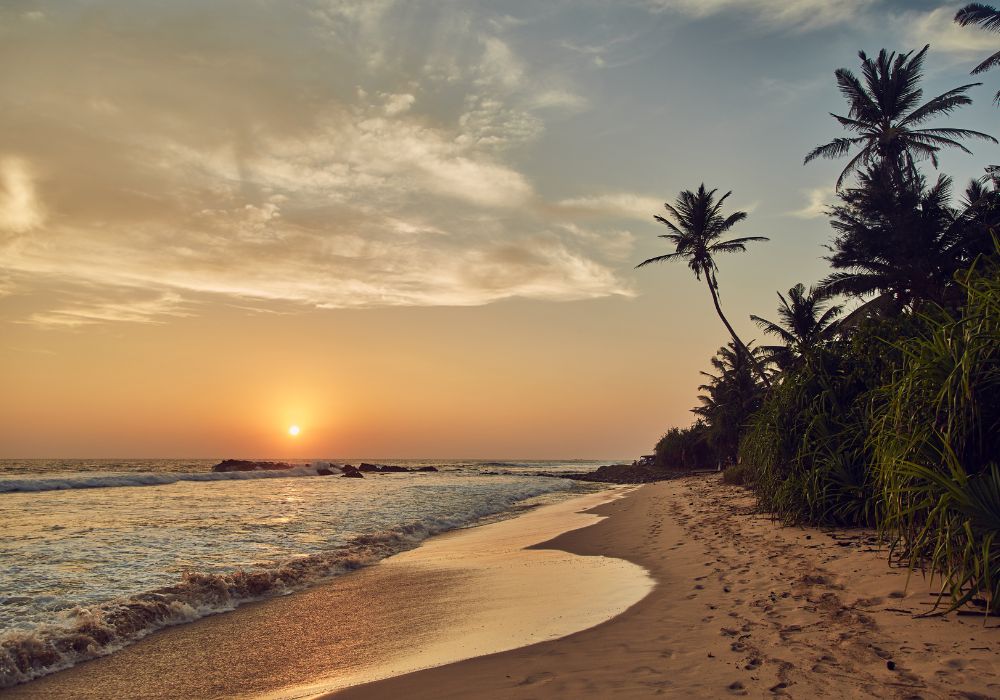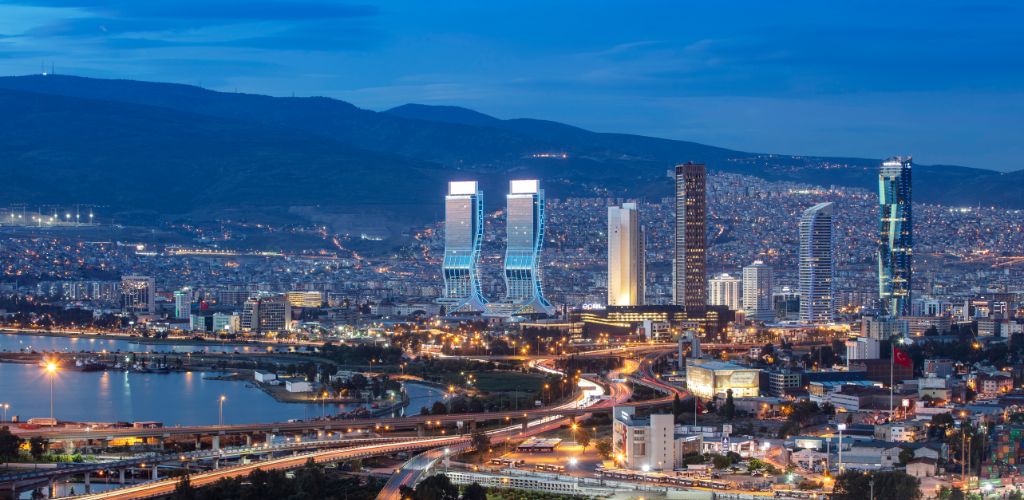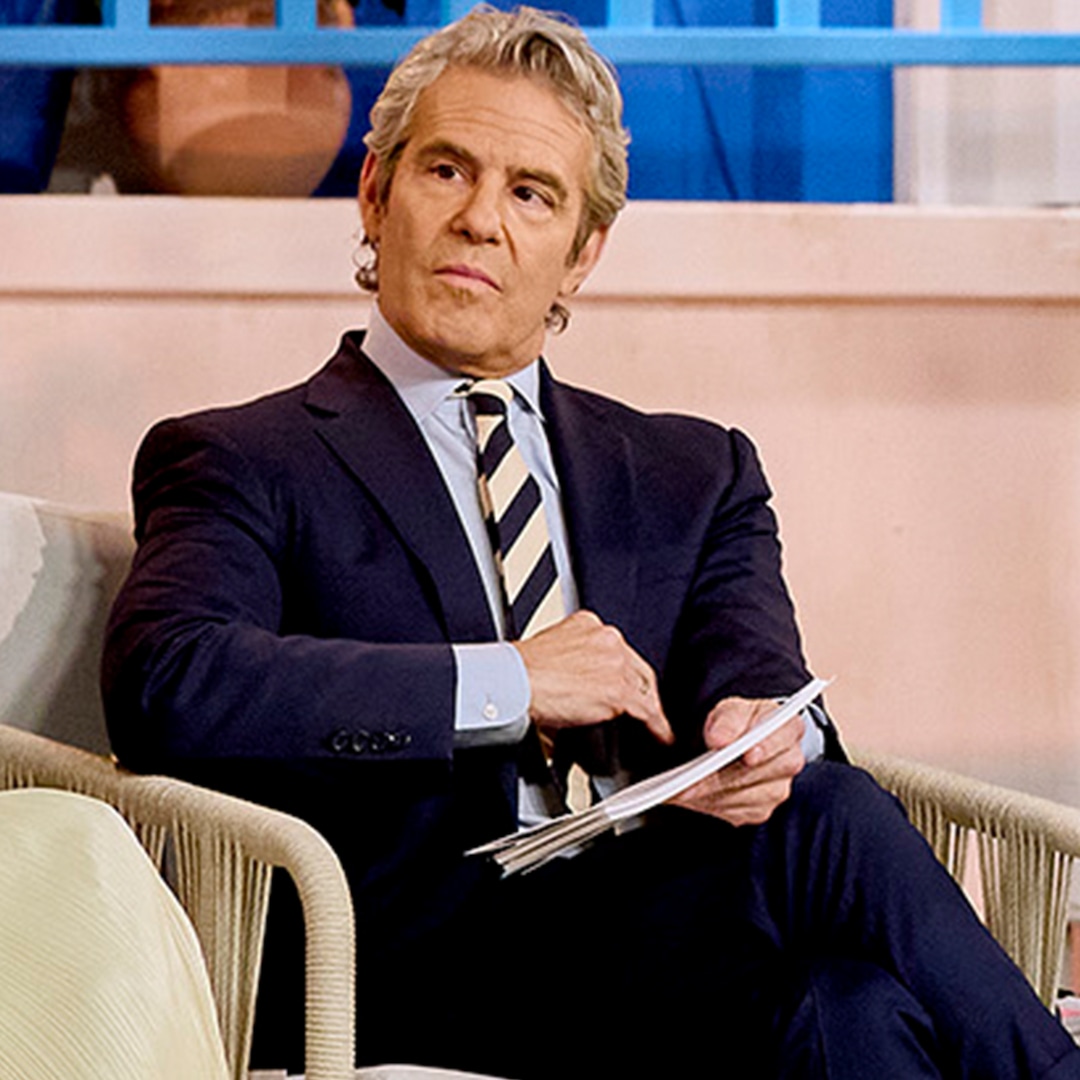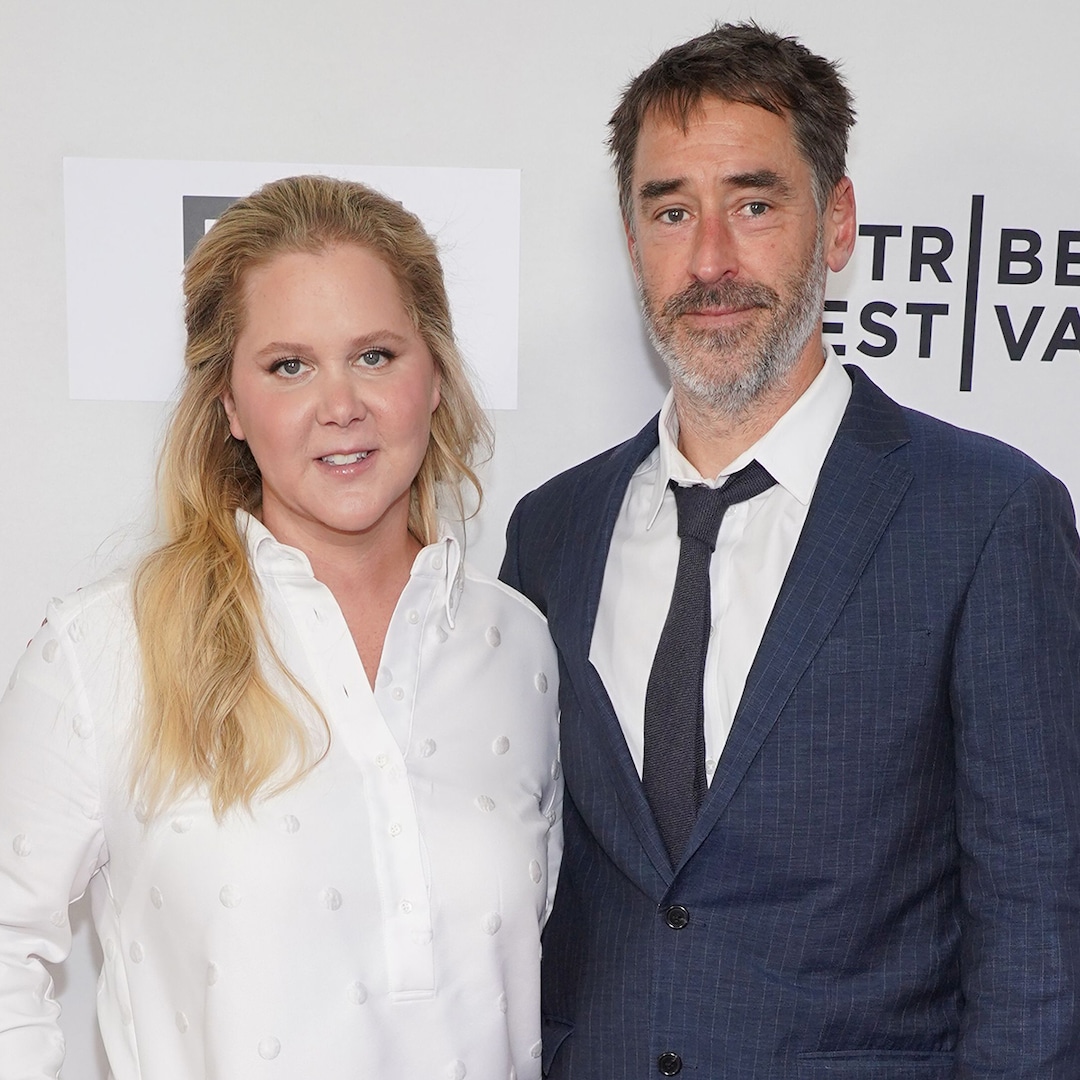Where in Europe still relies on Russian energy?

Amid diplomatic efforts last month to pressure Russia into peace negotiations, Eurostat data revealed that the European Union imported Russian liquefied natural gas (LNG) worth around 4.48 billion Euro in the first half of 2025, up from 3.47 billion Euro over the same period last year.
The bloc has been pushing to end its energy dependence on Russia since the full-scale invasion of Ukraine in February 2022, aiming to reduce Russia’s ability to finance the war.
Unlike Russian oil and coal, the EU has not imposed an outright ban on gas, due to ongoing dependencies among some member states. LNG and gas via pipelines, including the TurkStream pipeline, continue to flow into the bloc, albeit at much lower levels than before 2022.
However, the European Commission has drawn up plans to phase out all Russian gas and oil imports by 2028. Under the proposal, new contracts would be prohibited from January 1, 2026. Existing short-term contracts would end by June 17, 2026, and long-term contracts would be banned from January 1, 2028.
These measures still require approval from the European Parliament and by at least 15 of the 27 EU member states representing 65 percent of the bloc’s population.
Hungary and Slovakia rely heavily on Russian imports
Significant inroads have already been made. The share of petroleum oil imports from Russia fell from 29 percent in the first quarter of 2021 to just 2 percent in the second quarter of 2025, according to Eurostat.
However, Hungary and Slovakia remain outliers in the EU as they still import large amounts of Russian oil. The pair, alongside the Czech Republic, were given an exemption to an EU embargo on Russian oil. The Czech Republic made efforts to end its reliance and since April it has not imported Russian oil thanks to the expansion of the western TAL oil pipeline being completed.
Hungary and Slovakia on the other hand have not tried to wean themselves off Russian energy. Recent attacks by Ukraine on the Druzhba pipeline underlined their reliance and the instability of supply as a result. Ukraine regularly strikes Russian oil and gas infrastructure in response to attacks on its own territory since the start of Russia’s full-scale assault.
There is a possible alternative, but the two countries are reluctant to rely on receiving their oil via the Adriatic.
“Since the capacity of the Croatian pipeline is smaller than Hungary’s and Slovakia’s demand for oil, if deliveries via the Druzhba pipeline become impossible for a long time, then the oil supply to Hungary and Slovakia will also become impossible,” Hungarian Foreign Minister Péter Szijjárto said last week.
“Not for political reasons, but because of physical reality. Energy supply is not a political or ideological issue, you need the pipeline and the oil in it,” he added
Croatia disputes this, with Prime Minister Andrej Plenković and Economy Minister Ante Šušnjar stating that the Adria pipeline has sufficient capacity and that all Croatian infrastructure is available to support oil and gas transport. They added that transport costs would decrease with higher volumes. Despite these assurances, Hungary and Slovakia remain reluctant to rely more heavily on the Adria pipeline.
Slovakia has said it will consider legal action if it is not granted an exemption or compensated for ending natural gas imports from Russia.
Russian energy dependence has waned elsewhere in Eastern Europe
Bulgaria continues to allow Russian gas to pass through its territory via the Balkan Stream pipeline, an extension of TurkStream that runs from Turkiye to Serbia. This transit is permitted under EU rules because it crosses EU borders on its way to third countries. However, much of this gas ultimately reaches Hungary, an EU member state.
Bulgaria itself stopped importing Russian natural gas in April 2022 when the government refused Gazprom’s demand to be paid in rubles. When it comes to Russian crude oil, the country received temporary derogation until the end of 2024 but officially halted the imports ahead of schedule in March of the same year.
France fuels Russian LNG imports
When it comes to Russian LNG, some European countries are more reliant than others. In 2024, France, Spain, and Belgium accounted for 85 percent of Europe’s Russian LNG imports, and France and the Netherlands increased their Russian LNG imports by 81 percent compared to 2023, according to the Institute for Energy Economics and Financial Analysis.
By contrast, other countries have much lower exposure to Russian gas overall. Less than 2 percent of Italy’s total gas imports come from Russia, while Slovenia has no direct supply contracts with Russia. Most of Slovenia’s gas is imported via the Baumgarten hub in Austria, and over the past three years the country has also secured several alternative sources and supply routes.
With the comprehensive phase-out of Russian energy imports set for 2028, the bloc faces a complex task: balancing security of supply, market stability, and political consensus while continuing to diversify sources and infrastructure.
This article is an enr Key Story. The content is based on news by agencies participating in the enr.















































